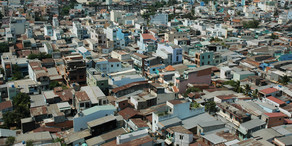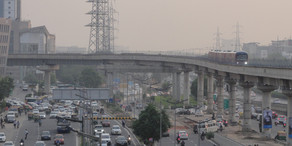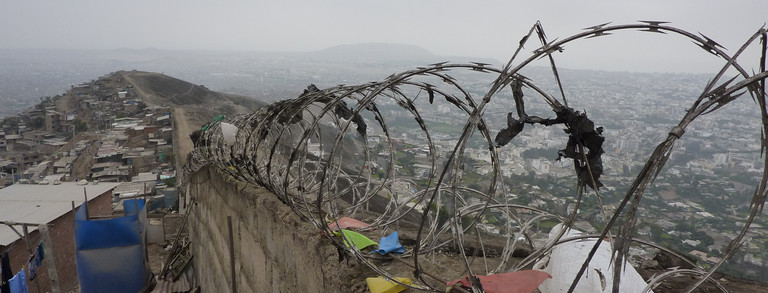New article about digitalisation of energy access in Nairobi
- Archiv
- Forschung

Journal article
Post-, pre- and non-payment: Conflicting rationalities in the digitalisation of energy access in Kibera, Nairobi
Authors
Abstract
Energy infrastructures are on the cusp of digitalisation processes. This paper builds upon scholarship on prepaid meters and debates on conflicting rationalities within urban studies to provide a more nuanced examination of the ways in which different actors contribute to the deployment, appropriation and use of digital prepaid systems. We focus on Kibera, Nairobi, to examine Kenya Power's “rationality” for the deployment of the digitaltechnologies, and the ways in which actors incorporate social relations into these systems and negotiate them through these systems. Specifically, we consider the politicians, donors, residents of Kibera and informal power distributors. We show how upon the deployment of the digital systems in Kibera, residents and informal power distributors enact rationalities that conflict with those of the utility provider, donors and politicians. These conflicting rationalities make the formalisation of electricity provision in slum areas through “technological fixes” a particularly daunting task. Ultimately, we contend that this study of actors' conflicting rationalities in the deployment of digital prepaid electricity systems is an important contribution to studies of digital geography as it explains the complexities relating to digital interventions and offers critical perspectives on their hybrid outcomes and politics within contested urban geographies in the global South and elsewhere.
You may find the full article in the journal of Digital Geography and Society here.







